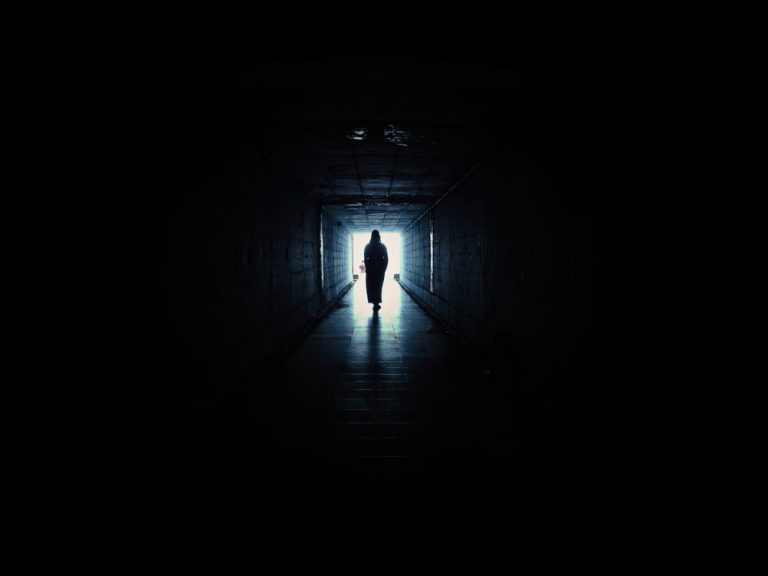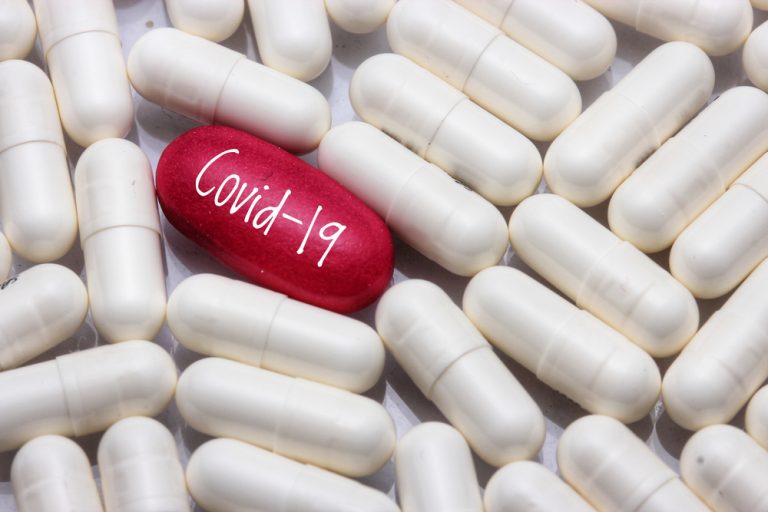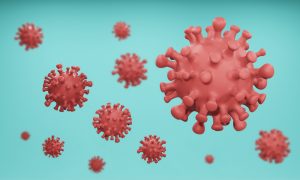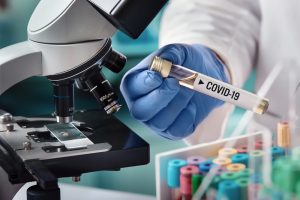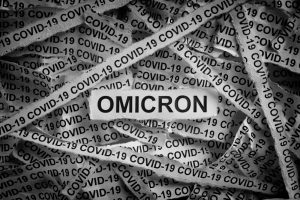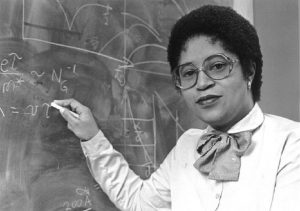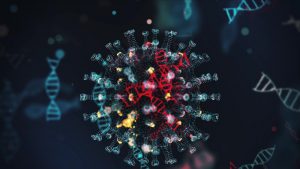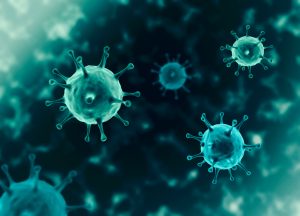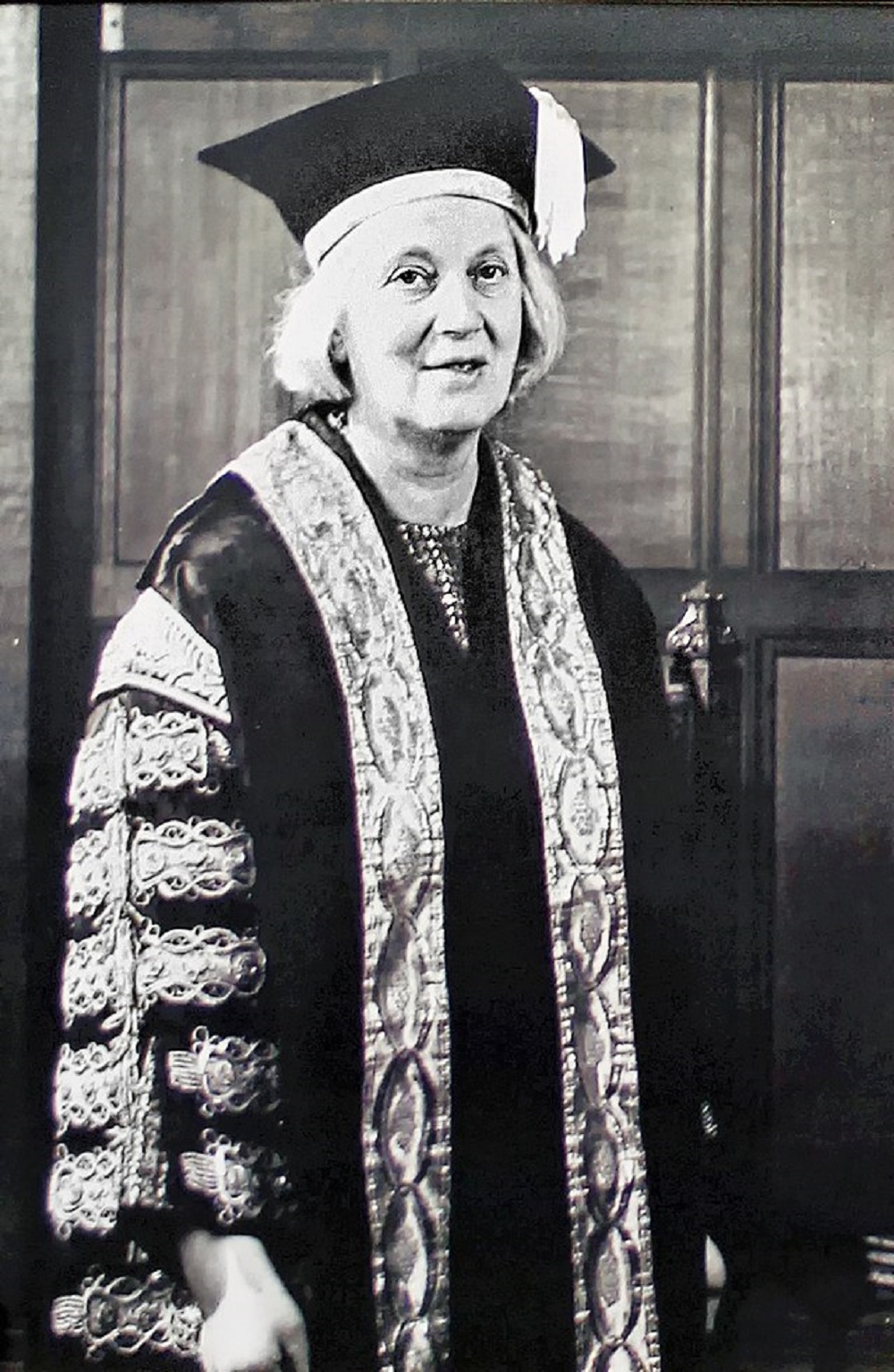
Dorothy Hodgkin, Chemist
Another remarkable woman that changed the science world with her research, Dorothy Crowfoot Hodgkin was born in 1910, in Cairo, Egypt. She received the Nobel Prize for Chemistry in 1964 for her work and determination of the penicillin structure and vitamin B12.
Hodgkin was the daughter of two archeologists and she was the eldest of four sisters. She and her sisters were sent to England to receive proper education, so they spend most of their lives away from their parents. Dorothy’s mother always encouraged her to pursue her work with crystals, as she used to be very interested in them when she was a kid.
Dorothy wanted to study science, and she fought very hard for it, as it wasn’t very common for women to study this subject back in the day. She managed to get herself accepted at the Somerville College, University of Oxford, where she got her degree in chemistry. Hodgkin was the first woman to work with X-ray crystallography.
She also got a doctoral degree at the University of Cambridge, where she worked with her mentor, physicist John Desmond Bernal. With Bernal’s help, Hodgkin began studying sterols and other biological molecules. She returned to Oxford in 1934, as she received a research fellowship at Somerville college, and she stood there until she retired in 1977.
She also managed to create her own laboratory, at the Oxford University Museum of Natural History, where she continued to work on insulin using X-rays. Dorothy married Thomas Hodgkin in 1937, with whom she had three children. As her husband worked throughout World War II, Dorothy continued working on penicillin. After giving birth to her first child, Dorothy got an infection that lead to developing chronic rheumatoid arthritis at age 28.
Due to her condition, her hands were left swollen and distorted, however, she never gave up on her research. After her fellow colleagues succeeded in isolating penicillin, she worked with them on solving its structure, which she did, in 1945. Hodgkin discovered that there are three dimensions in its atoms, by using X-rays.
She also discovered the structure of vitamin B12 a few years later, making her the first Wolfson Research Professor of the Royal Society in 1960. in 1964, she won the Nobel Prize for her research in penicillin and vitamin B12.
She also earned Britain’s highest honor for her contribution to science. However, she never gave up on examining penicillin, until she finally discovered its structure in 1969, after years and years of hard work. She died of a stroke in 1994.
Read also: Alexa and 20 Other Things That Didn’t Exist 10 Years Ago.






